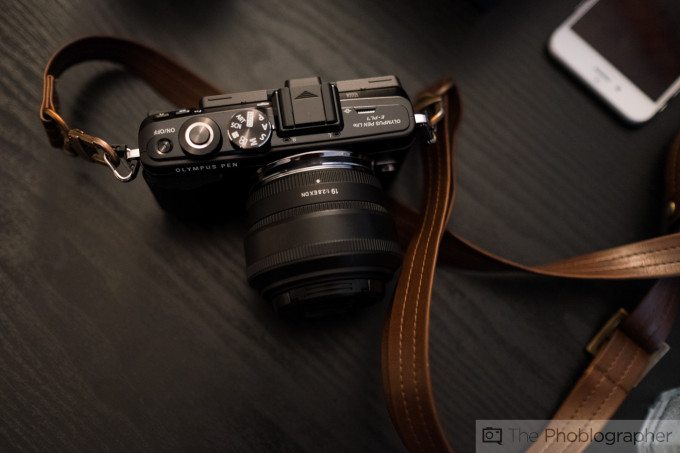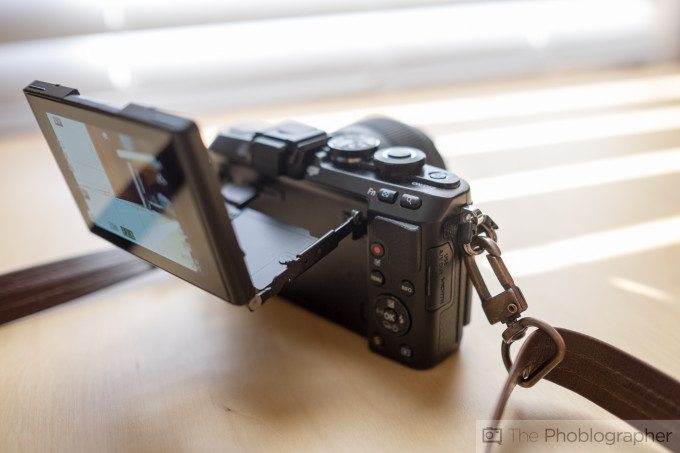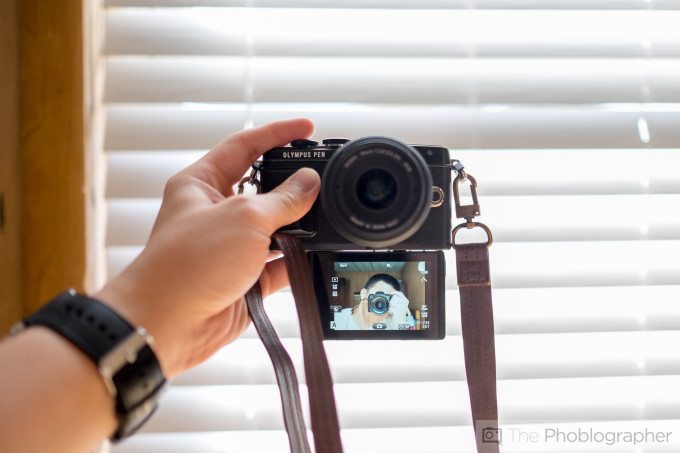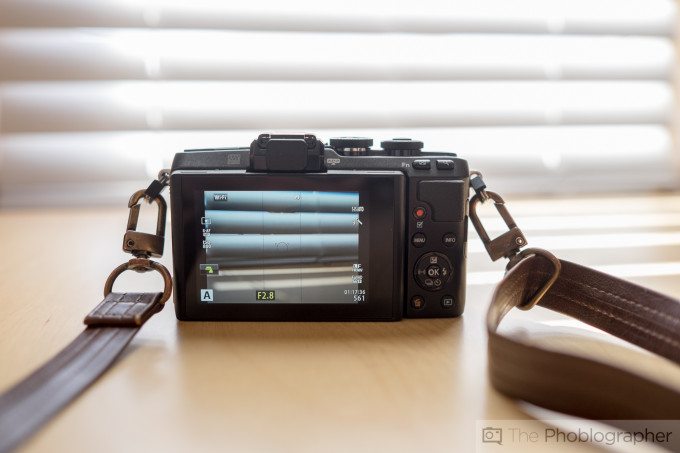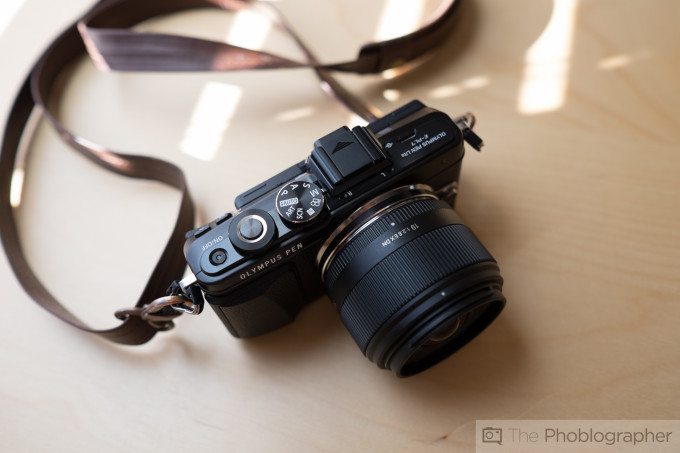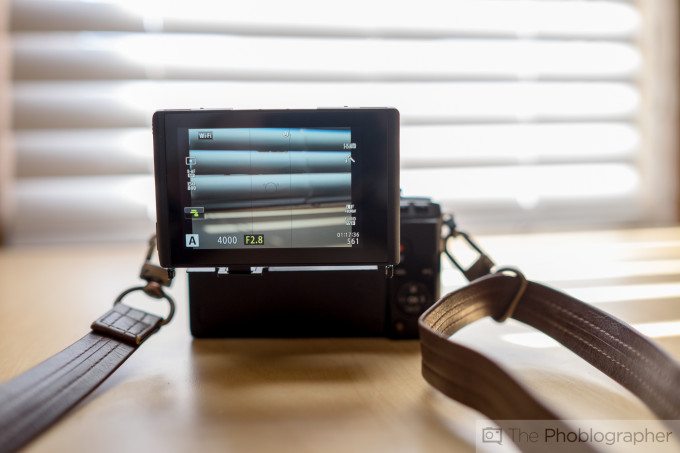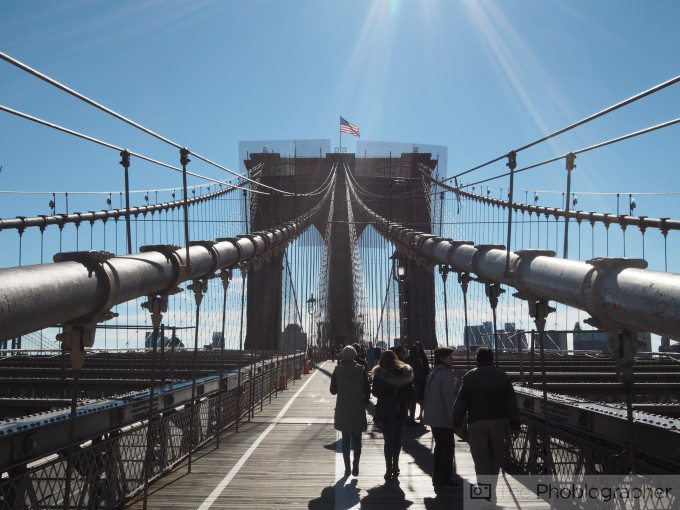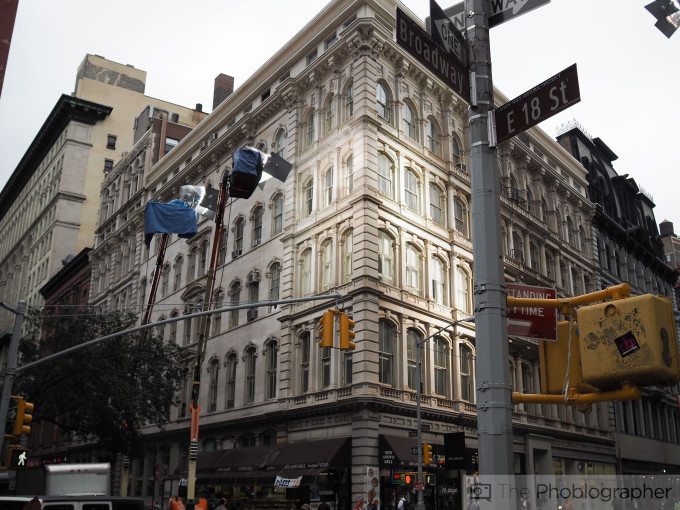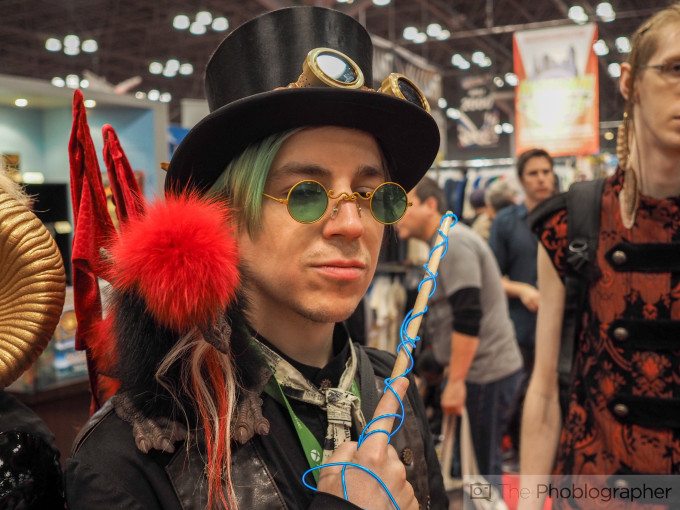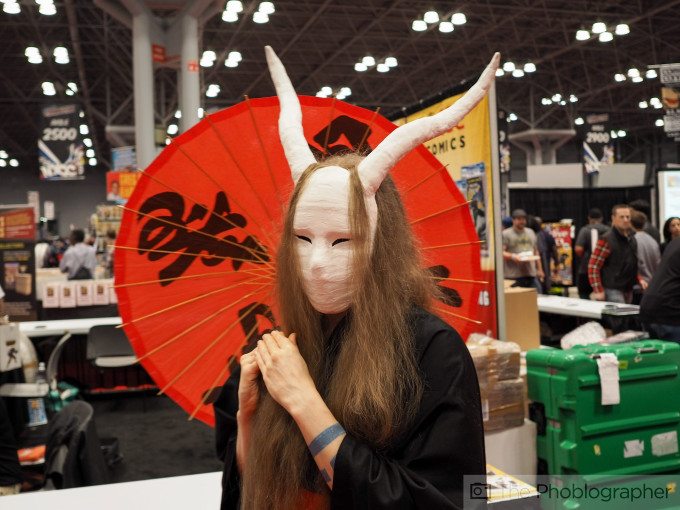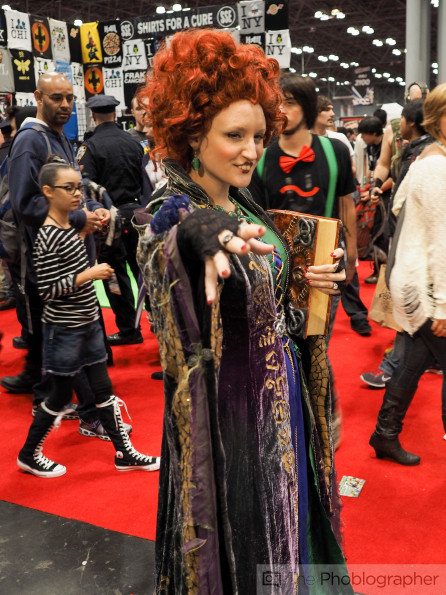Last Updated on 12/29/2014 by Kevin Lee
The Olympus PEN E-PL7 is the fifth (sixth including the E-PL6) camera to reuse the OMD EM5’s 16MP sensor since it was first announced in February 2012. Over the years Olympus has tuned the performance of its imaging chip as it’s been incorporated into camera bodies including the PEN E-P5 and OMD EM10. But even with these improvements and tweaks, we still have to wonder how much more can we squeeze out of this nearly three-year-old sensor?
Pros and Cons:
Pros
- Super compact form factor
- Great articulating screen
- Fast to focus
Cons
- Lacks USB charging
- Cramped button layout
- Disabled menus and Focus Peaking by default
- A little heavier than expected
Gear Used
For this review I used Olympus PEN E-PL7 with the Sigma 19mm f2.8 lens.
Tech Specs
Specs taken from the B&H Photo Video listing
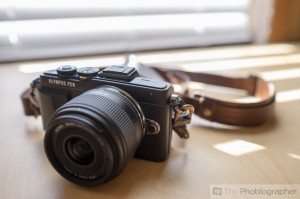 16MP Live MOS Sensor
16MP Live MOS Sensor- TruePic VII Image Processor
- 3-Axis In-Body VCM Image Stabilization
- 3″ 1.04M-dot 180° Flip Touchscreen
- 81-Point FAST AF with Small Target AF
- Full HD Video Recording at 30 fps
- Continuous Shooting at 8 fps
- Built-In Wi-Fi Connectivity
- FL-LM1 Flash Included
Ergonomics
It might pack the OMD EM10’s sensor and image processor but one of the biggest new features of the E-PL7 is its new articulating screen, which flips down 180-degrees to allow you to frame your selfie shots.
The screen is a large 3-inch, 1.04 million dot display panel that comes off the camera with a two part metal hinge. While it does not flip out, you can really tilt the screen at some very steep angles. It’s an amazing and solid piece of engineering, so don’t worry about breaking off your screen when playing around with the camera.
In its regular position, the screen dominates the back of the camera leaving you only a tiny thumb-sized area to grip the device. In this same space you find many of the menu and shortcut buttons scrunched together into a tight area. It’s a little too cramped for my liking and the record video button is positioned too closely with the thumbrest, making it easy to trigger. Those with more slender hands and fingers (read: less fat) should have an easier time handling this camera.
The camera’s top deck is much simpler with just a shutter button plus two dials for adjusting the settings and shoot mode. The front of the camera, meanwhile, has even less going on with just the lens release and a sculpted front grip to catch your fingers.
Build Quality
We previously complained that the E-PL5 felt plasticky and I can gladly say that isn’t a problem at all with the E-PL7. The new Olympus camera is built like a metal brick for its dainty size. This is all thanks to the camera adopting the metal body of the PEN E-PL6, an E-PL6 successor which was primarily released in Asia and the United Kingdom. Even with the extra heft of the metal body, it’s easy to hold up E-PL7 single-handedly. The one thing I would like is an extended thumb rest, which juts out more similar to the OMD EM10.
Ease of Use
Photography beginners coming to the PEN E-PL7 will love the simplicity of tapping the touchscreen to select their AF point or even trigger the shutter. Similarly, hitting the “OK” button brings up quick access controls along the border of the screen, letting users change their ISO, exposure compensation and other camera settings.
However, getting to anything beyond your basic exposure settings on the E-PL7 is a pain. By default, two sections of the camera’s menu system are disabled. This was likely done likely to stop novices from mucking up their shooting settings, but you can’t even turn on Focus Peaking until you manually enable the E-PL7’s Custom Settings menu. This disabled menu panel also includes settings for more deliberate photography using the flash or shooting timelapses.
Autofocus
While Olympus still has a ways to go until it develops a good menu system, the E-PL7 shoots quick and snappy right out of the box. It’s also extremely easy to take self portraits even without flipping the screen into selfie mode thanks to Olympus well-thought-out face detection software.
Even when using the camera with a third-party lens such as the Sigma 19mm f2.8, I had no problems locking focus in a dimly lit room. There were rarely points where I have to pull focus manually, but in these few instances peaking simplifies finding focus to spotting the glowing dots—that is, once you turn on the menu to get to the feature.
Metering
Shooting a few frames going by the Sunny 16 rule revealed the Olympus PEN E-PL7 tends to underexpose images anywhere between a 3rd of a stop to a full stop. It’s all perfectly fine as I found it was easier to recover more detail from the shadows than highlights in my images. Overall, the meter results weren’t too surprising as the PEN E-PL7 is rocking the same sensor and image processor as the OMD EM10.
Image Quality
Although we have yet to work with the E-PL7’s RAW, we’re loving the JPEGs that come straight out of the camera. They’re all gorgeous and rich with details, great colors, and often spot-on white balance.
At higher ISOs you’ll get a bit of noticeable noise, adding a fine grain to your images. But for the most part, pictures come out of the camera requiring very few tweaks, letting you share them directly to the web with Olympus’ dead simple Wi-Fi connectivity.
High ISO Output

I was able to comfortably shoot with the Olympus PEN E-PL7 at 3200 ISO without worrying about getting grainy images. Of course, this is thanks to Olympus’ JPEG engine which does a great job wrangling both ISO and chromatic noise. As a trade off, though, you’re also sacrificing a lot of fine detail and contrast. So we’ll have to take another look at how much noise there is in the original images once Adobe has updated its Camera Raw profiles to include this device.
Raw File Versatility

Edited: 12/29/2014
Adobe has updated Lightroom with Olympus E-PL7 RAW image support (along with 23 other new cameras) in one giant update. As with the OMD EM5, you can pull a ton of details out of dark shadows with this 16MP sensor though you’ll also introduce a hearty helping of noise at the same time. You’ll have more head room with toning down the highlights especially with bright sunlight in the frame.

Extra Image Samples
Conclusions
Likes
- The smallest Olympus MFT camera
- Nice metal body
- Amazing articulating LCD screen
- Snappy autofocus
- Great image quality with impeccable JPEGs
- By far the easiest Wi-Fi setup
- Decent battery life
Dislikes
- Cramped controls are bothersome for people with big hands
- Focus Peaking is only available in white and black
- Why hidden menus, Olympus!?
- Olympus super control panel isn’t turned on by default
- Surprisingly one of the very few Olympus bodies without USB charging
- Disabled the video button after accidentally pressing it a bajillion times
The E-PL7 marks one of the most incrementally updated PEN Lite cameras Olympus has ever made. It is equipped with practically the same sensor as the previous E-PL5 model except with an updated image processor and metal body. With a new flip down selfie screen, it’s obvious Olympus is joining the self-portrait fad with other cameras like the Sony A5000/A5100, and Samsung NX Mini.
Oddly enough this particular model stands as a direct competitor with the OMD EM10 as the two cameras share practically the same internals. When it comes down to choosing between these two cameras, users will have to decide whether it’s more important to have an EVF or a screen to frame self-portraits with (which could technically could be done with the smartphone app).
On its own, the E-PL7 is a great camera for users looking to pick up their first mirrorless camera or an affordable Micro Four Thirds shooter. It’s by far the smallest camera in Olympus’ lineup—yet it does not trade image quality or autofocus performance for its diminutive size. It’s a bit weightier than past PEN lite cameras, but it’s a small price I’d gladly pay for the sturdy and great feeling metal body.
Most people coming to this camera as newcomers to Olympus will get a great machine. However, for those who have been following the Micro Four Thirds world closely, there’s nothing terribly exciting about the E-PL7 other than some reshuffled technology. Personally, I would hold out for Olympus to introduce a camera with an all new sensor after so many years.
 Taking everything into account we rate the Olympus PEN E-PL7 three out of five stars. You can get yours today with the 14-42 f3.5-5.6 II R lens for $699 or body only for $599.
Taking everything into account we rate the Olympus PEN E-PL7 three out of five stars. You can get yours today with the 14-42 f3.5-5.6 II R lens for $699 or body only for $599.
Recommended Lenses and Accessories
- Panasonic 20mm f1.7 Mk II – One of the most pocketable lenses for MFT system cameras. It’s not the quickest focusing lens on an Olympus body but it’s compact, sharp, and fast.
- Olympus 17mm f1.8 – One of the more affordable Olympus prime lenses you can buy that’s fast and comes with a clutch focusing ring.
- Olympus 14-42 EZ – For the discerning traveling photographer, this is a great compact lens that covers a wide focal length range and slips easily into jacket pockets.


